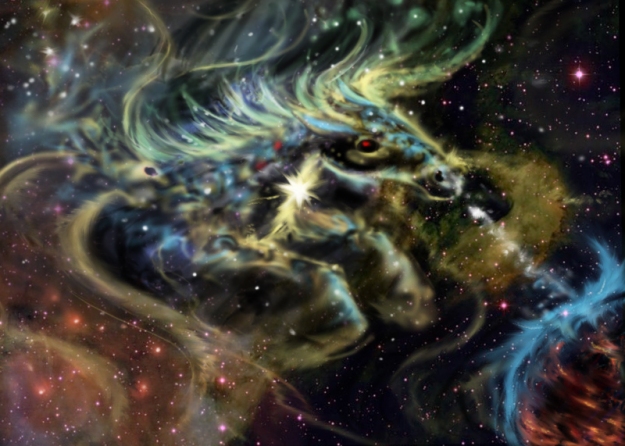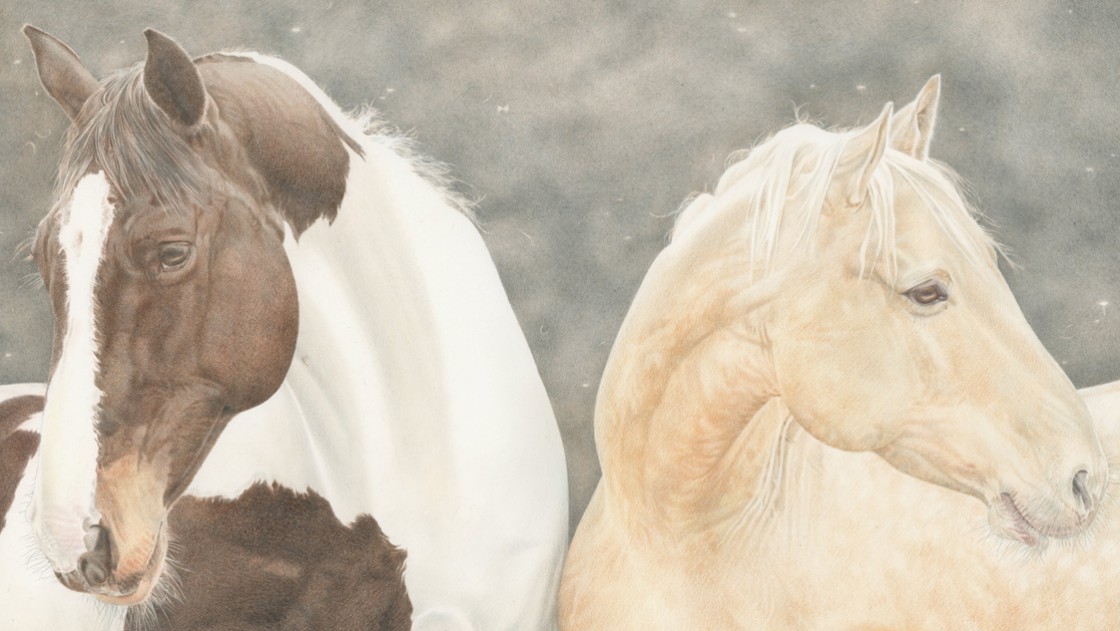Ask yourself some simple questions about your interactions with your horse.
Is the horse who nudges you with his nose when he smells carrots in your pocket trying to move your feet?
Is the horse who turns his backside towards you so you will scratch his tail trying to move your feet?
Is the horse with flies in his ears, who bends his head and moves towards you to rub on your shoulder, trying to move your feet?
Is the horse who has spent 14 hours confined in a 12 x 12 foot stable just in a hurry to regain some freedom, friends and grass and to escape confinement? Or barging out of the door to try to move your feet?
Is the hungry horse that pushes past you to get to the hay you’re bringing trying to move your feet?

Is the horse who is alone and frightened in the trailer, without the essential companionship of another horse, trying to move your feet when he takes off down the ramp?
When you get knocked aside by a horse rushing through a gateway because he is afraid to touch the electric fence, is the horse trying to move your feet?
Is the horse that is shying at a plastic bag that blows past unexpectedly, or who takes off when a dog starts to bark behind him… is he really trying to move your feet?
The simple answer is NO.
To all of those.
There are many other obvious explanations for why the horse is wanting to move his own feet away from or towards a situation, but none of them is concerned with any kind of malevolent desire for dominance over humans that he thinks may be achieved by causing their movement.
All behaviour is motivated by a desire for reinforcement. That could be positive reinforcement – we get something we really like – or negative reinforcement – we escape or avoid something we find unpleasant, uncomfortable, painful or frightening.
A horse behaving in any of the ways described above is simply either trying to get to something she likes or needs, or away from something she does not like or fears. Sometimes both at once. That is all.
The most capable being in the horse-human partnership is us. We are the ones who can show the horse how to get what she wants by positively reinforcing (rewarding) what we do want, rather than by positively punishing (correcting) what we don’t.
We can acknowledge the horse expressing his desires and use that information constructively.
We can make changes to the environment or our management of the horse and how he lives (such as widening the gateway of an electric fence or moving the horse to somewhere he does not have to be stabled) or we could work to desensitise the horse to things she fears, like flying plastic bags or barking dogs, or we could associate things the horse fears with good stuff happening – such as associating leaving the herd with lots of good things happening for a few seconds inside the trailer, before taking the horse back to the herd (the thing he wants most of all as a – negative – reinforcer).
We can change the perception of the horse of things she fears or worries about or that causes her anxiety so that she doesn’t feel the need to run away in the first place.
And we can move our feet – out of the way.
In order to be the leader for a horse we do not need to move their feet. It’s not about feet at all.
I am reminded of the quote by Stephen Hawkings who sadly died today. He was of course talking about the universe in its entirety when he said these words but they apply equally to all of the sciences including the science of behaviour :
“Remember to look up at the stars and not down at your feet. Try to make sense of what you see, and wonder…..”
The leader in the relationship between horse and human is the one with the plan.
The one who can imagine what the horse might want, who can anticipate what certain situations might lead to, and who prepares in advance.
Science has shown us that we, the humans, with the relatively enormous neo-cortex, are the ones who have the ability to plan. So we can manage the horse’s environment in a way that does not create predictably unwanted behaviour and we can make changing his perception of feared situations and things and training him desireable behaviours a priority.
Giving the horse good reasons to want to wait and relax, to walk calmly, to have no fear.
Without making anyone move their feet.
It’s not rocket science. It’s behaviour science. The stars of behaviours science are those who are helping horses be calm, confident, cooperative and consenting. Without force, fear, frustration or feet-moving.
RIP Stephen Hawkings and thanks for the inspiration to look up at the stars again today.
Horse Nebula art work by Diana Hung.
